Youaurendenial - Are You Supposed To Be Here?


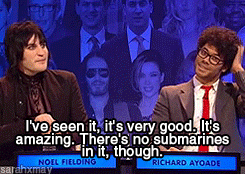





More Posts from Youaurendenial and Others


Boundaries



oh hello my 7 tumblr followers, I wanted to let you know we spent like 2 days putting together this deeply engaging dispatch of our struggles and triumphs in game development for you to ignore:
IT BECKONS FOR YOU TO READ IT
maybe if you reblog this we can get our 8th follower and spread the gospel of Ooblets that much further
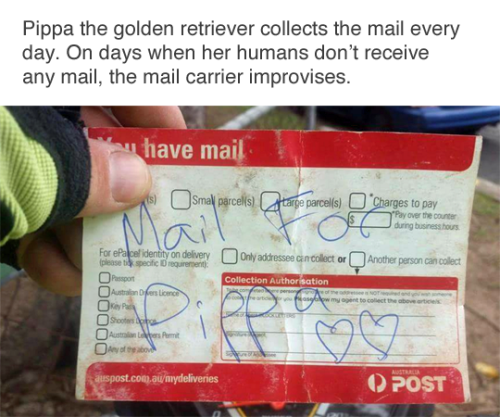

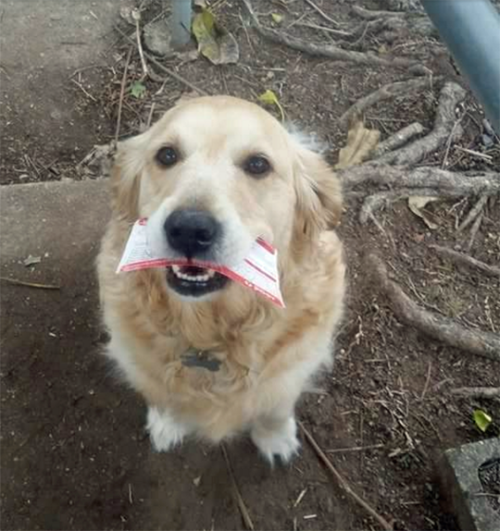



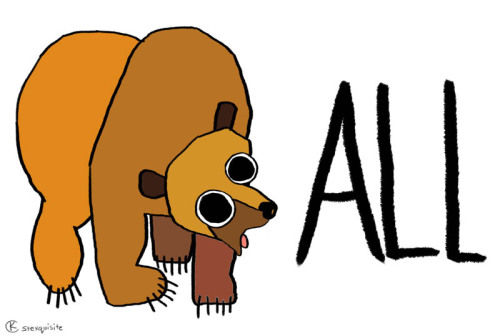
Today we successfully tested one of our RS-25 engines, four of which will help power our Space Launch System (SLS) to deep space destinations, like Mars! This 500-second engine test concludes a summer of successful hot fire testing for flight controllers at our Stennis Space Center near Bay St. Louis, Mississippi.
The controller serves as the “brain” of the engine, communicating with SLS flight computers to ensure engines are performing at needed levels. The test marked another step toward the nation’s return to human deep-space exploration missions.
We launched a series of summer tests with a second flight controller unit hot fire at the end of May, then followed up with three additional tests. The flight controller tests are critical preparation for upcoming SLS flights to deep space– the uncrewed Exploration Mission-1 (EM-1), which will serve as the first flight for the new rocket carrying an uncrewed Orion spacecraft, and EM-2, which will transport a crew of astronauts aboard the Orion spacecraft.
Each SLS rocket is powered at launch by four RS-25 engines firing simultaneously and working in conjunction with a pair of solid rocket boosters. The engines generate a combined 2 million pounds of thrust at liftoff. With the boosters, total thrust at liftoff will exceed 8 million pounds!
Make sure to follow us on Tumblr for your regular dose of space: http://nasa.tumblr.com.
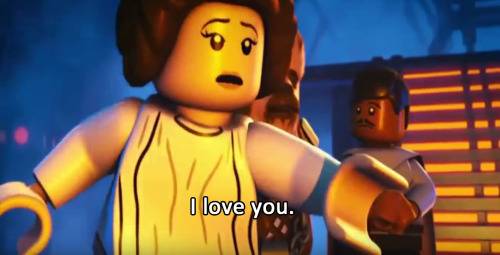
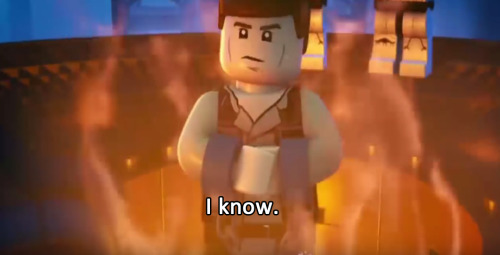
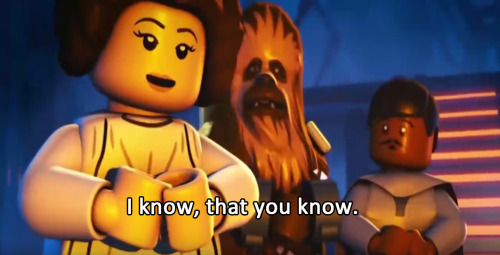
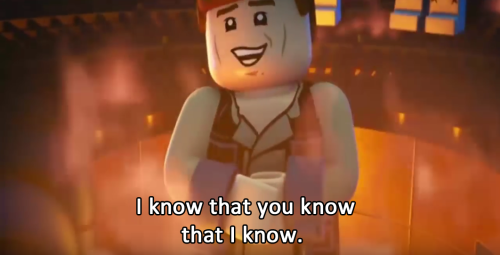
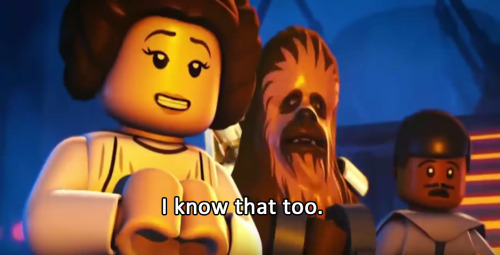


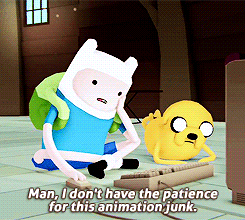
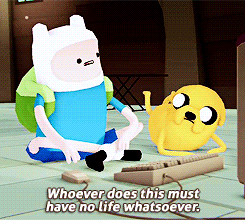
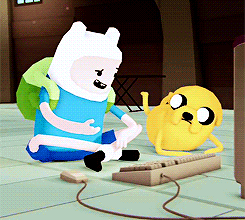
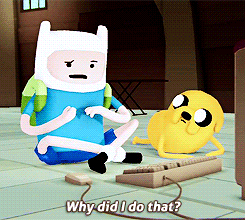
The James Webb Space Telescope: A Story of Art & Science

Artists of all kinds were invited to apply for the chance to visit our Goddard Space Flight Center to be inspired by the giant, golden, fully-assembled James Webb Space Telescope mirror.

Art/Photo Credit: Jedidiah Dore
Webb has a mirror that is nearly 22 feet high and (to optimize it for infrared observations) is covered in a microscopic layer of actual gold.

Art/Photo Credit: Susan Lin
Because of Webb’s visually striking appearance, the project hosted a special viewing event on Wednesday, Nov. 2, 2016.

Photo Credit: Maggie Masetti
There was an overwhelming response to the event invitation and ultimately twenty-four people were selected to attend. They represented a broad range of artistic media and styles, including: watercolor, 3D printed sculpture, silk screening, acrylics, sumi-e (East Asian brush technique), comics, letterpress, woodwork, metalwork, jewelry making, fiber art, ink, mural painting, kite-making, tattooing, scientific illustration, poetry, songwriting, and video making.

Art/Photo Credit: Sue Reno
Project scientists and engineers spoke with visitors to give context to what they were seeing and explain why Webb is an engineering marvel, and how it will change our view of the universe.

Among other things, Webb will see the first stars and galaxies that formed in the early universe and help us to better understand how planetary systems form and evolve. It will help us answer questions about who we, as humans, are and where we came from.

Art Credit: Jessica Lee Photo Credit: Maggie Masetti
The artists spent several hours sitting right in front of the telescope, where they sketched, painted, took photos and even filmed a music video.

Art Credit: Joanna Barnum Photo Credit: Maggie Masetti
While some of the pieces of art are finished, most of the artists went home with their heads full of ideas and sketchbooks full of notes. Stay tuned for more info on where you can see their final works displayed!

Art/Photo Credit: Susan Lin
Finished art from the event continues to be added HERE.
The James Webb Space Telescope is finishing environmental testing at our Goddard Space Flight Center in Greenbelt, Maryland. Next it will head to our Johnson Space Center in Houston for an end-to-end test at cryogenic temperatures. After that, it goes to Northrop Grumman to be mated with the giant tennis court-sized sunshield and the spacecraft bus. The observatory will launch in October of 2018 from a European Space Agency (ESA) launch site in French Guiana, aboard an Ariane 5 rocket. Webb is a collaboration of NASA, ESA, and the Canadian Space Agency (CSA).
Follow Webb on Facebook, Twitter and Instagram.
Make sure to follow us on Tumblr for your regular dose of space: http://nasa.tumblr.com
-
 cardawg reblogged this · 4 months ago
cardawg reblogged this · 4 months ago -
 lunew156159 reblogged this · 5 months ago
lunew156159 reblogged this · 5 months ago -
 lunew156159 liked this · 5 months ago
lunew156159 liked this · 5 months ago -
 annalripg liked this · 7 months ago
annalripg liked this · 7 months ago -
 annita899l1uywglh liked this · 7 months ago
annita899l1uywglh liked this · 7 months ago -
 cryptiddork liked this · 11 months ago
cryptiddork liked this · 11 months ago -
 midnightmadwoman liked this · 1 year ago
midnightmadwoman liked this · 1 year ago -
 zeroevravon reblogged this · 1 year ago
zeroevravon reblogged this · 1 year ago -
 zeroevravon liked this · 1 year ago
zeroevravon liked this · 1 year ago -
 memantercliri liked this · 1 year ago
memantercliri liked this · 1 year ago -
 raconsubcwatzboun liked this · 1 year ago
raconsubcwatzboun liked this · 1 year ago -
 cirlbrenpartflor liked this · 1 year ago
cirlbrenpartflor liked this · 1 year ago -
 sin-ophelia liked this · 1 year ago
sin-ophelia liked this · 1 year ago -
 radicalhumility liked this · 2 years ago
radicalhumility liked this · 2 years ago -
 straeh reblogged this · 2 years ago
straeh reblogged this · 2 years ago -
 diet-poison reblogged this · 2 years ago
diet-poison reblogged this · 2 years ago -
 the-melancholy-fantastic reblogged this · 2 years ago
the-melancholy-fantastic reblogged this · 2 years ago -
 allstarall liked this · 2 years ago
allstarall liked this · 2 years ago -
 provo-cunt liked this · 2 years ago
provo-cunt liked this · 2 years ago -
 btrinidad01 liked this · 2 years ago
btrinidad01 liked this · 2 years ago -
 balancingshitonmyhead reblogged this · 2 years ago
balancingshitonmyhead reblogged this · 2 years ago -
 blukiwi reblogged this · 2 years ago
blukiwi reblogged this · 2 years ago -
 aciremii reblogged this · 2 years ago
aciremii reblogged this · 2 years ago -
 aciremii liked this · 2 years ago
aciremii liked this · 2 years ago -
 pugugly001 liked this · 3 years ago
pugugly001 liked this · 3 years ago -
 thought-u-said-dragon-queen reblogged this · 3 years ago
thought-u-said-dragon-queen reblogged this · 3 years ago
